EDITORIAL: The budget deficit July-December rose to 1.8 trillion rupees, 29 percent higher than the comparable period of the year before. The fact that this by itself is a highly inflationary measure is, once again, being ignored by members of the cabinet including the Prime Minister and the focus instead is on the projected growth rate of 5.37 percent — a projection which, at best, is an optimistic expectation and may not materialise.
Business Recorder has consistently pointed out to the PTI administration that: (i) the current non-development expenditure (with significant contribution to inflation but almost none to growth) has risen for the past three years. In 2017-18, consisting of 11 months of PML-N tenure, current expenditure was around 4.2 trillion rupees (with an additional 120 billion rupees for Benazir Income Support Programme that began to be credited to current expenditure after 2018-19) while in the current year’s budget it has been earmarked 7.5 trillion rupees — an unprecedented rise of 74.4 percent that simply cannot be supported.
To argue that BISP (Ehsaas), a pro-poor programme, is responsible for this rise is not borne out by the allocation for BISP (Ehsaas without parliamentary approval does not exist official documents) this year is no more than 260 billion rupees; and (ii) the rise in current expenditure is understated because it does not reflect interest or repayment of principal as and when due to G-7 countries under their debt relief initiative to provide relief in the aftermath of the pandemic.
In the 2018-19 budget, well before the onset of Covid-19, the allocation for interest and repayment of external debt was estimated at 601.7 billion rupees and post-pandemic has been earmarked zero; however, this has risen significantly given that total external borrowings rose from 95 billion dollars in 2018 to well over 130 billion dollars today; and (iii) the focus of the government as well as the multilateral donors, particularly the International Monetary Fund (IMF), must shift from primary deficit (which does not take account of domestic and external interest payments) to fiscal deficit which does.
Interest payments rose from 1.6 trillion rupees in 2018-19 budget to 3 trillion rupees in the current year’s budget and the percentage rise is unprecedented in the country’s history.
Disturbingly, and like during previous governments, the PTI administration too has lamented the small number of income taxpayers in the country and instead of widening the tax net has continued to rely on indirect taxes whose incidence on the poor is greater than on the rich.
Data reveals that direct taxes accounted for 39.4 percent of total taxes collected in 2007 and 39.7 percent in 2018; however, while withholding taxes (largely in the sales tax mode) accounted for 49.2 percent of all direct tax collections in 2007 they accounted for 65 percent in 2018 (due to the measures taken by the PML-N government to raise revenue). In 2020, direct taxes as a percentage of total taxes declined to 36.5 percent (projected to rise to 37.4 percent in the current year) with withholding taxes accounting for 72 percent of all direct tax collections.
The incumbent government is taking measures to access expenditure data from Nadra archives of around 3 million high net worth individuals (reportedly Nadra secretly shared this data with FBR last year as well as this year) which would allow FBR to inform them through an SMS that they are liable to pay tax which they can contest through a third-party audit. In the event that the tax payable claimed by FBR is endorsed after the audit the FBR will have the power to disconnect their electricity/gas connections and stop access to their bank accounts.
Sales tax, an indirect tax, continued to account for the bulk of collections with 65.9 percent of total indirect taxes collected last year against the projected 68.7 percent in the current year as opposed to 70.3 percent in 2012 and 64.4 percent in 2018.
Customs, another major indirect tax, accounted for 24.8 percent of total indirect taxes collected in 2021 (a good source of revenue as imports rise which of course is fuelling the trade deficit and the current account deficit), 21.5 percent this year against 20.7 percent in 2010 and 26.4 percent in 2018. The true impact of the recent supplementary finance bill on direct and indirect taxes has not been worked out by FBR yet, however, given the amendments in the finance bill it is patently evident that reliance on indirect taxes, with a fallout on inflation, will rise.
The expression — an ostrich buries its head in the sand — has applied to nearly all Pakistani governments’ economic policies which sceptics claim is due to the fact that successive governments have remained obsessed with maximizing tax collection through reaching out to the low hanging fruit that has resulted in squeezing the existing taxpayers more rather widening the tax net and have completely ignored the need to balance the books that would require a simultaneous action to cut non-productive current expenditure and waste.
True that the economic malaise has compounded over the years because of such policies; however, today the fact of the matter is that the government will find it extremely difficult to squeeze any more tax revenue from the hapless public struggling to make ends meet with the third year of sustained high inflation that must be dealt with by a massive reduction in current expenditure.
It increasingly appears that the only ‘out of the box in-house thinking’ that will bear any dividends for the general public is for all recipients of current expenditure to voluntarily slash their budgeted allocation for the year as well as development outlay. Sadly, given the government’s political compulsions neither of these suggestions appears to be on the cards.
Copyright Business Recorder, 2022

















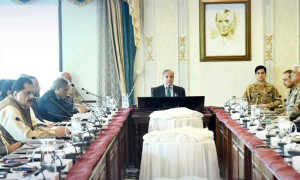



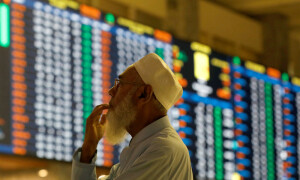
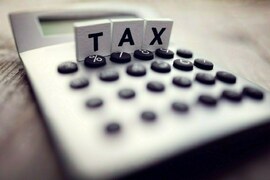
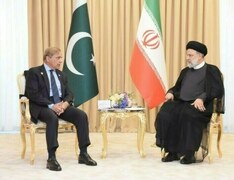

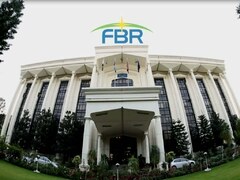
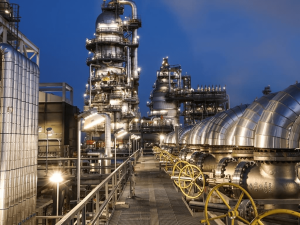
Comments
Comments are closed.